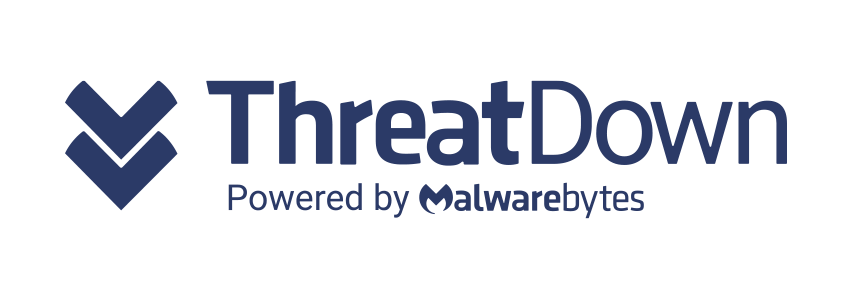By classifying data according to its value or sensitivity, organisations can reduce the risk of security breaches by ensuring that appropriate protections are implemented and consistently enforced. Having identified your ‘crown jewels’, and other data that needs safeguarding, it’s time to carry out a discovery exercise to find out exactly what you’ve got, where it is and who might have access to it.

Unknown data makes you vulnerable to attack. The best thought-out security policy is ineffective if you’re not certain what you hold and, therefore, what controls you need to put on it. Data governance, compliance with regulation such as the EU GDPR and ITAR and – just as importantly – demonstrating that compliance are also impossible when you don’t know where key documents reside and who has access to them.
A discovery exercise will give you visibility of your data and how it’s being accessed and used. This enables the protection strategy and solutions to be built around the types of data you have. It provides an opportunity to cut retention costs, too, by disposing of redundant data; mid-sized organisations spend £435k per year on storing and managing obsolete data, according to the Vertitas Databerg report. Discovery also makes it easier to use data as a resource, deriving insights that will inform strategies and improve operations.
You need to establish:
- what data you hold
- what is being collected
- what is being created
- where it’s stored or located
- why you have it
- how sensitive it is, and
- who is accessing, using or sharing it.
Getting a grip on this is a challenge. Alongside structured data held in on-site databases, companies typically have huge volumes of unstructured data such as emails, PowerPoint decks, Excel files and PDF documents.
Information is also stored and shared across an expanding variety of systems, devices and platforms, including the cloud, collaboration tools like Microsoft SharePoint, file share sites like Dropbox and OneDrive, and ‘shadow IT’ (unsanctioned tools and apps not designed for enterprise use).
Data discovery tools and software provide an efficient and accurate way to find assets you can then classify. They examine file stores and databases, scanning for certain types of information, key words, criteria and classification metadata. This enables you to see what your data is, its location, and who has access. According to Forrester 44% of North American and European technology decision-makers use data discovery tools.
Once you’ve defined the data within your business you’ll be able to home in on the most valuable and confidential information and make accurate decisions about how it should be handled, and who is allowed to access which files. You’ll then be ready to classify it according to its importance or sensitivity to ensure data is appropriately controlled.




